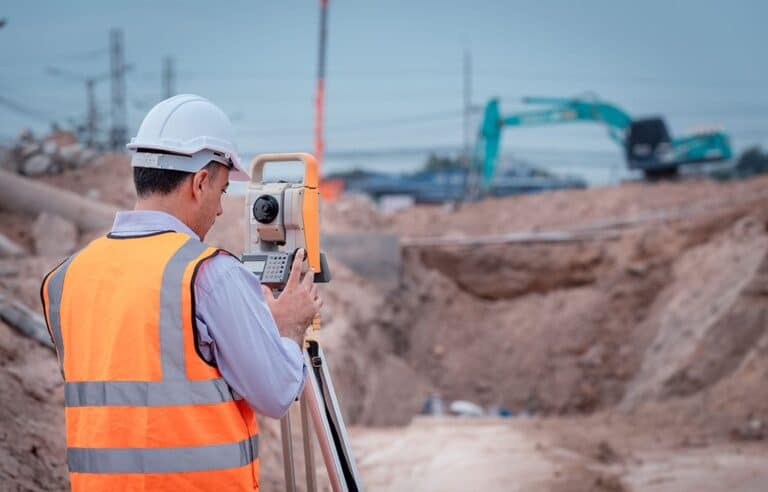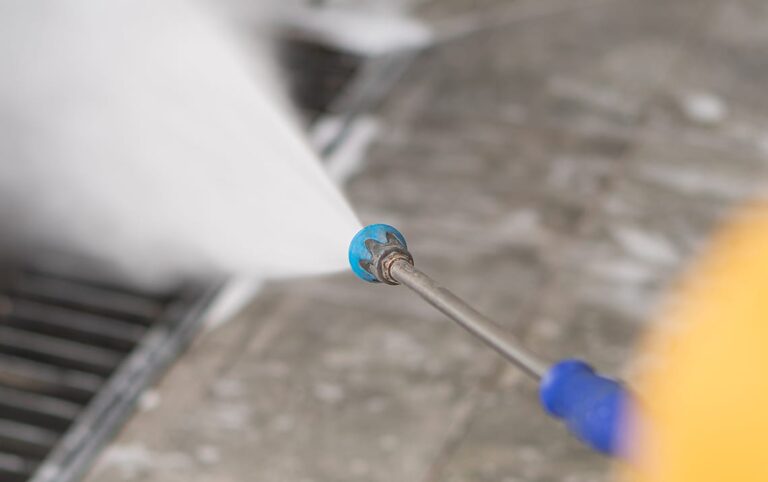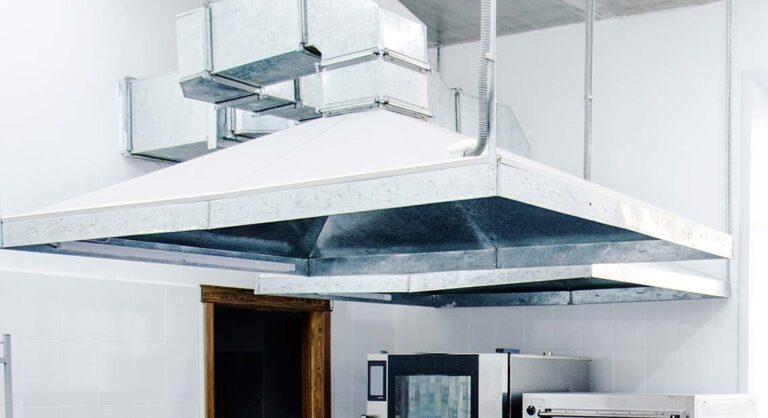Foundation/Pre-Pour inspection:
Concrete pre-pour inspection stands as a vital quality control step in the construction industry, conducted before the concrete pouring process. Here are key benefits associated with concrete pre-pour inspection:
Quality Assurance: This inspection ensures proper concrete mixing, appropriate consistency, and adherence to required quality standards, mitigating issues like uneven surfaces, cracks, or defects in the final concrete structure.
Cost-Efficiency: Identifying potential issues early through pre-pour inspection prevents costly repairs or corrections post-pouring, averting additional expenses and construction delays.
Enhanced Safety: Properly mixed and placed concrete is paramount for safety in construction, particularly in areas with heavy equipment or machinery. Pre-pour inspection ensures the concrete is safe for both workers and equipment.
Accurate Measurements: Concrete pre-pour inspection provides precise measurements of the concrete mix, ensuring compliance with required specifications and standards.
Regulatory Compliance: By confirming adherence to industry standards and regulations, pre-pour inspection helps avoid costly fines and legal complications.
Documentation: Offering a recorded account of the concrete mix’s condition, pre-pour inspection serves as a valuable reference for future decisions on maintenance and repairs, ensuring the long-term durability and safety of the concrete structure.
Concrete pre-pour inspection plays a critical role in guaranteeing the quality, safety, and durability of concrete structures in construction projects. It provides accurate measurements, ensures regulatory compliance, and helps prevent costly issues and delays in the construction process.
Floor Flatness/Floor Levelness Testing
FF/FL testing, representing “F-Number/F-FL Number testing,” is a methodology employed to assess the flatness and levelness of a concrete surface. F-number measures flatness, while FL-number gauges levelness. Here are key advantages associated with FF/FL testing:
Quality Assurance: FF/FL testing offers a precise and reliable means to measure the flatness and levelness of a concrete surface, ensuring it aligns with required quality standards for its intended purpose.
Cost Savings: Early identification of potential issues through FF/FL testing helps prevent expensive repairs or corrections post-concrete pouring, averting additional costs and construction delays.
Improved Safety: A level and even surface is imperative for safety in construction, particularly in areas employing heavy equipment or machinery. FF/FL testing ensures a safe surface for both workers and equipment.
Accurate Measurements: FF/FL testing provides meticulous and dependable measurements of surface flatness and levelness, essential for meeting required specifications and standards.
Regulatory Compliance: By ensuring adherence to industry standards and regulations, FF/FL testing helps avoid costly fines and legal complications.
Documentation: FF/FL testing establishes a documented record of the concrete surface’s condition, serving as a valuable reference for future decisions on maintenance and repairs, ensuring the surface’s long-term durability and safety.
FF/FL testing is an indispensable method for guaranteeing the quality, safety, and durability of concrete surfaces in construction projects. It delivers accurate measurements, ensures compliance with standards and regulations, and helps prevent costly issues and delays in the construction process.
Get your quote today! (704) 633-9697
Key Benefits of Our Concrete Services:
Quality Assurance: These measures ensure that the concrete surface adheres to required quality standards, preventing issues like uneven surfaces, cracks, or defects, thus upholding construction integrity.
Cost-Efficiency: Identifying potential issues early through pre-pour inspection and concrete flatness testing averts expensive repairs post-pouring, mitigating additional costs and construction delays.
Enhanced Safety: In construction zones where heavy equipment or machinery is utilized, a level surface is crucial for safety. These measures guarantee a flat and safe surface for workers and equipment.
Precision in Measurements: Providing accurate measurements of surface flatness and levelness, these inspections are essential for meeting specifications and standards, ensuring precision in construction outcomes.
Regulatory Compliance: Conforming to industry standards and regulations, pre-pour inspection and concrete flatness testing help circumvent costly fines and legal complications.
Documentation: Both measures establish a documented record of the concrete surface’s condition, serving as a valuable reference for future decisions regarding maintenance and repairs, contributing to long-term durability and safety.
Pre-pour inspection and concrete flatness testing are indispensable steps in guaranteeing the quality, safety, and durability of concrete surfaces in construction projects. They not only provide accurate measurements but also ensure compliance with standards, averting costly issues and construction delays.









